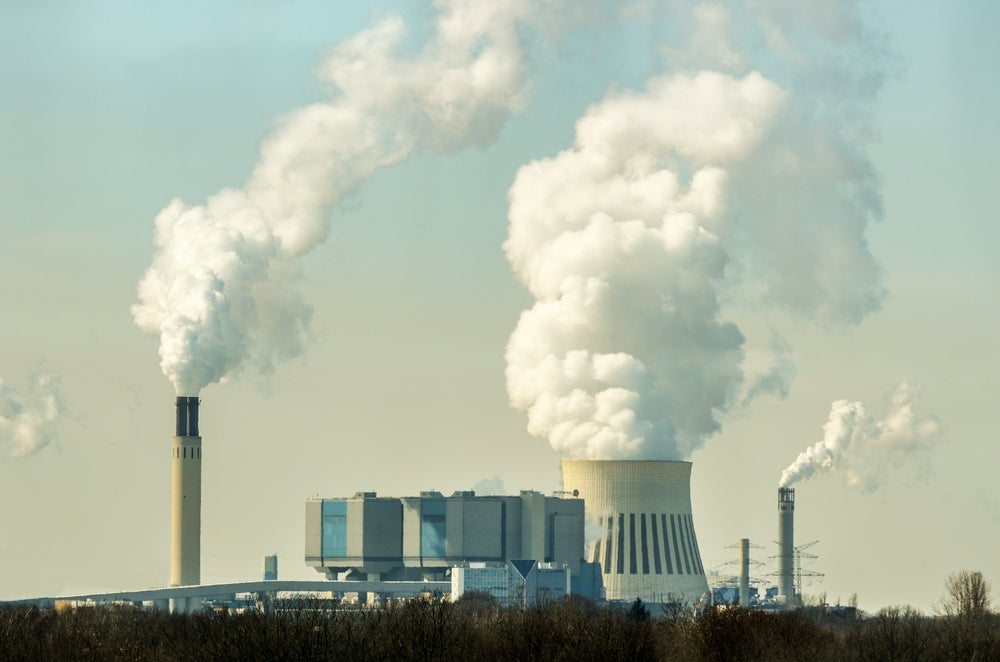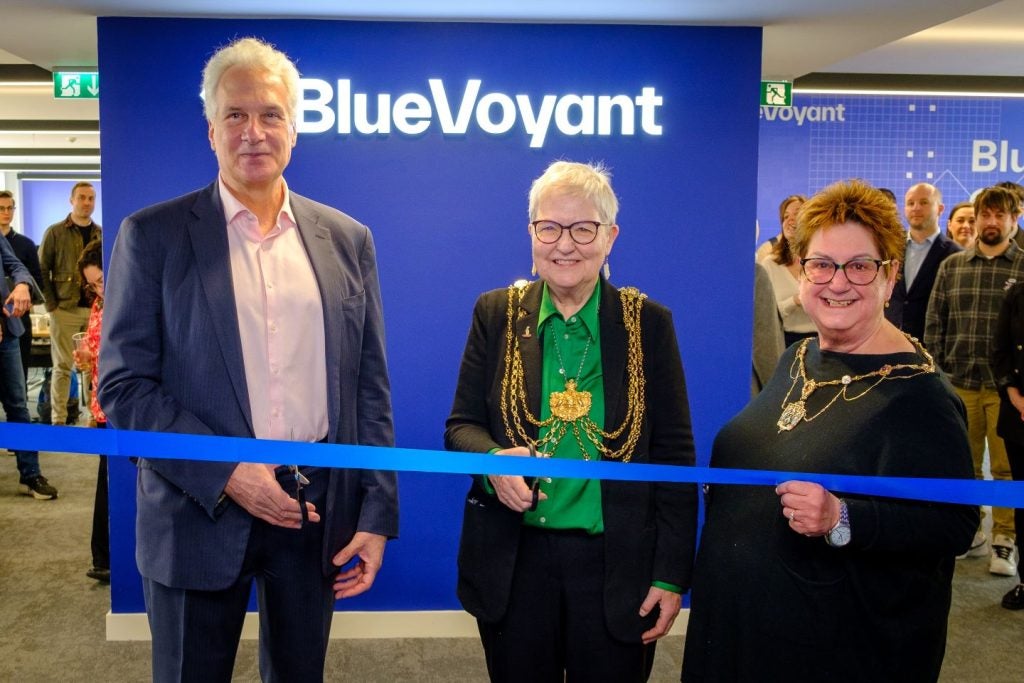
With the growing threat of climate change and the urgent need to curb carbon emissions, carbon capture has often been presented as a solution to limiting the environmental impact of burning fossil fuels. However, research from Standford University suggests that the technology may not offer as many environmental benefits as are claimed.
Carbon capture is the process of collecting CO2 emissions when they are produced, and then storing them deep underground, thus preventing it from entering the atmosphere. According to some estimates, it could prevent 85-90% of carbon emissions from entering the atmosphere, thus helping remediate the impact of burning fossil fuels. However, new research casts doubts over its merits.
Current technologies for carbon capture work by compressing CO2 into a liquid form and then storing it underground. However, this is an expensive process which requires a large amount of energy, and can also cause environmental damage if leaks occur, affecting the local ecosystem.
Mark Jacobson, professor of civil and environmental engineering at Stanford University, explains that claims related to the benefits of the technology may be exaggerated:
“All sorts of scenarios have been developed under the assumption that carbon capture actually reduces substantial amounts of carbon. However, this research finds that it reduces only a small fraction of carbon emissions, and it usually increases air pollution.
“Even if you have 100% capture from the capture equipment, it is still worse, from a social cost perspective, than replacing a coal or gas plant with a wind farm because carbon capture never reduces air pollution and always has a capture equipment cost. Wind replacing fossil fuels always reduces air pollution and never has a capture equipment cost.”
How well do you really know your competitors?
Access the most comprehensive Company Profiles on the market, powered by GlobalData. Save hours of research. Gain competitive edge.
 Company Profile – free sample
Company Profile – free sampleThank you!
Your download email will arrive shortly
Not ready to buy yet? Download a free sample
We are confident about the unique quality of our Company Profiles. However, we want you to make the most beneficial decision for your business, so we offer a free sample that you can download by submitting the below form
By GlobalData
The problem with carbon capture
By examining public data on a coal with carbon capture electric power plant and a plant that removes carbon from the air directly, Jacobson discovered that once the electricity needed to make carbon capture possible, plus the emissions from extracting and transporting the fossil fuels, were taken into account, carbon capture only trapped 10-11% of the energy produced, averaged over 20 years.
Researchers also looked at other air pollution, potential health problems, economic costs and overall contributions to climate change, and concluded that these were similar to the impact of operating a fossil fuel plant without carbon capture.
Even if carbon capture and storage is run using renewable energy, the social cost, as well as the cost of manufacturing and running the equipment, is still higher than decomissioning and replacing a fossil fuel plant with a renewable one, such as a solar or wind farm.
Jacobson explains that the research indicates that a switch to renewable energy plants is a better solution:
“Not only does carbon capture hardly work at existing plants, but there’s no way it can actually improve to be better than replacing coal or gas with wind or solar directly. The latter will always be better, no matter what, in terms of the social cost. You can’t just ignore health costs or climate costs.”
Read More: The cost of carbon capture: Is it worth incorporating into the energy mix?






